Table of content
Introduction
Oatmeal, derived from the oat grain, has long been recognized for its nutritional benefits and versatility in culinary applications. Its rich fiber content, along with essential vitamins and minerals, makes it a staple in many healthy diets. However, merely incorporating oatmeal into your meals is not enough to reap its maximum health benefits. Understanding how to consume oatmeal for optimal health involves considering various preparation methods, toppings, and dietary contexts. This comprehensive guide aims to provide insights into the various ways to enjoy oatmeal while maximizing its nutritional value and health benefits.
Nutritional Profile of Oatmeal
Before delving into the best ways to consume oatmeal, it’s crucial to understand its nutritional profile. Oatmeal is primarily composed of complex carbohydrates, dietary fiber, and a range of essential nutrients. It is particularly rich in beta-glucan, a soluble fiber that has been shown to lower cholesterol levels and improve heart health. Additionally, oatmeal contains vitamins and minerals such as magnesium, iron, zinc, selenium, B vitamins, and antioxidants.
The fiber content in oatmeal is particularly noteworthy. Soluble fiber forms a gel-like substance in the digestive tract, which helps slow down the absorption of sugar and cholesterol, thereby stabilizing blood sugar levels and reducing the risk of heart disease. Insoluble fiber, on the other hand, adds bulk to the stool, aiding in digestion and preventing constipation.
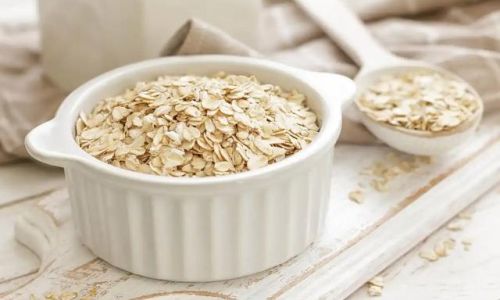
Types of Oatmeal
Before discussing preparation methods, it’s essential to understand the different types of oatmeal available. Each type has its unique texture, cooking time, and nutritional profile.
-
Rolled Oats: These are the most common type of oatmeal. They are made by steaming and flattening whole oat grains. Rolled oats have a milder flavor and a creamy texture when cooked.
-
Steel-Cut Oats: Also known as Irish oats, these are whole oat grains that have been cut into smaller pieces. Steel-cut oats take longer to cook but have a chewier texture and a nutty flavor.
-
Instant Oatmeal: These are pre-cooked and dried oats that can be prepared quickly by adding hot water or milk. While convenient, instant oatmeal often contains added sugars and artificial ingredients, so it’s important to read labels carefully.
-
Oat Groats: These are the whole, unprocessed oat grains. They take the longest to cook but retain the most nutrients and have a robust, chewy texture.
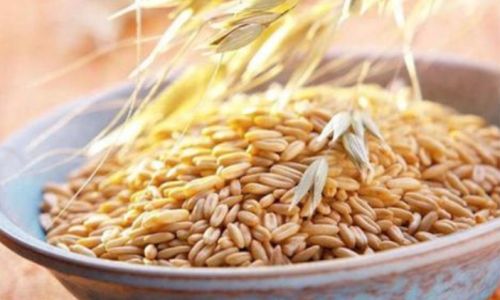
-
Quick-Cooking Oats: These are partially cooked and rolled oats that cook faster than traditional rolled oats but slower than instant oatmeal.
Preparing Oatmeal for Optimal Health
Cooking Methods
-
Stovetop Cooking: This method allows for precise control over cooking time and texture. To cook rolled or steel-cut oats on the stovetop, simply combine them with water or milk in a saucepan and cook over medium heat, stirring occasionally until the desired consistency is reached.
-
Microwave Cooking: For a quicker option, microwave oatmeal can be prepared by combining oats, water, and any desired toppings in a microwave-safe bowl and heating until cooked.
-
Overnight Oats: This method involves mixing raw oats with a liquid (such as milk, yogurt, or almond milk) and refrigerating them overnight. The oats absorb the liquid, creating a creamy, no-cook breakfast option.
-
Baking: Oatmeal can also be baked into bars, cookies, or muffins, providing a convenient and portable way to enjoy its benefits.
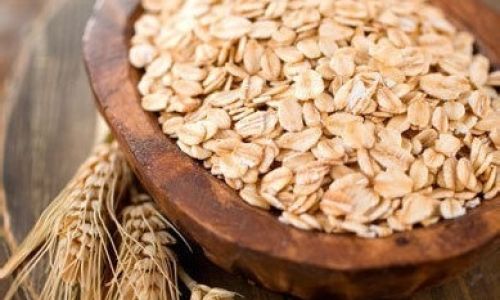
Choosing the Right Liquid
The type of liquid used to cook oatmeal can significantly impact its flavor and nutritional profile. Water is the simplest and lowest-calorie option, but using milk or plant-based milk alternatives can add protein, vitamins, and minerals. For a richer flavor, consider using coconut milk or almond milk. For a dairy-free and vegan option, oat milk itself can be used.
Adding Flavor and Nutrients
While plain oatmeal is nutritious, adding flavor and additional nutrients can make it more enjoyable and balanced. Here are some healthy toppings and mix-ins to consider:
- Fresh or Dried Fruits: Berries, bananas, apples, and dried fruits like raisins or cranberries add natural sweetness and antioxidants.
- Nuts and Seeds: Almonds, walnuts, chia seeds, and flaxseeds provide healthy fats, protein, and additional fiber.
- Protein Sources: Adding a scoop of protein powder, a handful of nuts, or a poached egg can increase the protein content, making oatmeal a more satisfying meal.
- Spices and Herbs: Cinnamon, nutmeg, and vanilla extract can enhance the flavor without adding significant calories.
- Healthy Fats: A drizzle of olive oil, avocado, or a tablespoon of nut butter can add healthy fats and improve the texture.
- Vegetables: Steamed or sautéed vegetables like spinach, broccoli, or bell peppers can be incorporated for additional vitamins and minerals.
Maximizing Health Benefits
Blood Sugar Management
Oatmeal’s high fiber content helps stabilize blood sugar levels, making it an excellent choice for individuals with diabetes or those seeking to manage their blood sugar. To further enhance its blood sugar-stabilizing effects, consider pairing oatmeal with a protein source and healthy fats. This combination slows down digestion and prevents rapid spikes in blood sugar levels.
Heart Health
The beta-glucan fiber in oatmeal has been shown to lower cholesterol levels and reduce the risk of heart disease. To maximize these benefits, consume oatmeal regularly and opt for whole-grain, minimally processed varieties.
Weight Management
Oatmeal’s high fiber content and low glycemic index make it a valuable tool for weight management. Fiber helps you feel full longer, reducing the likelihood of overeating. To support weight loss efforts, prepare oatmeal with water or low-fat milk and avoid adding excessive amounts of sugar or high-calorie toppings.
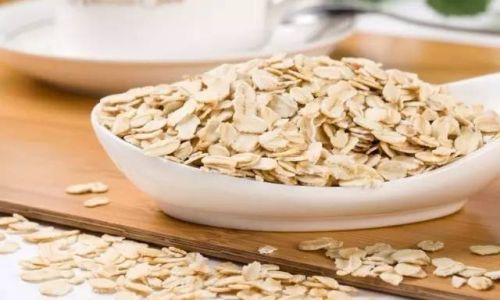
Digestive Health
The combination of soluble and insoluble fiber in oatmeal promotes digestive health by supporting regular bowel movements and feeding beneficial gut bacteria. To further enhance digestive health, consider incorporating probiotic-rich toppings like yogurt, kefir, or fermented vegetables.
Personalizing Your Oatmeal
Ultimately, the best way to consume oatmeal for optimal health is to personalize it to your individual needs and preferences. Consider your dietary restrictions, nutritional goals, and flavor preferences when choosing ingredients and preparation methods. Experimenting with different combinations can help you discover new, enjoyable ways to incorporate oatmeal into your diet.
Conclusion
Oatmeal is a versatile and nutritious food that can be enjoyed in various ways. By understanding its nutritional profile, choosing the right type of oatmeal, and preparing it with healthy ingredients and methods, you can maximize its health benefits. Whether you enjoy it as a creamy breakfast bowl, a nutritious snack bar, or a satisfying dinner side dish, oatmeal offers a simple yet powerful way to support overall health and well-being. So, the next time you reach for a bowl of oatmeal, remember that with a few thoughtful adjustments, you can turn this humble grain into a powerhouse of nutrition and flavor.
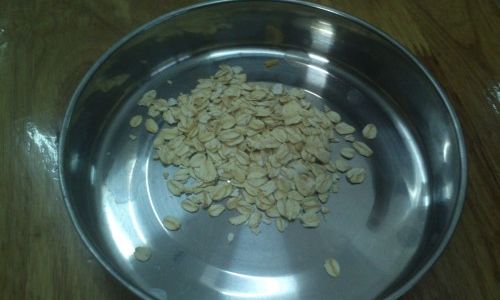


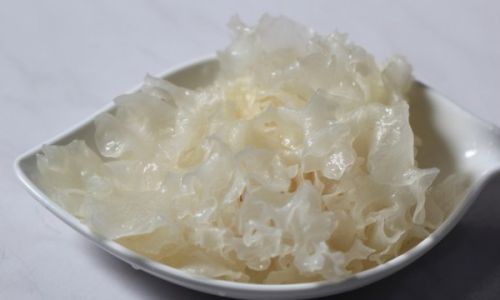
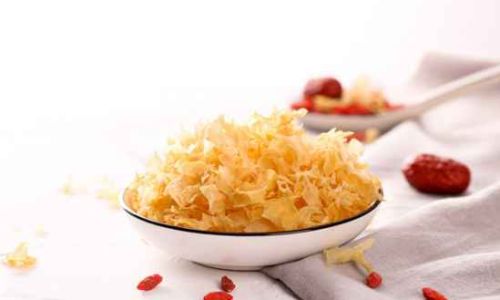
0 comments